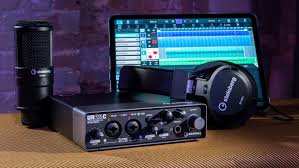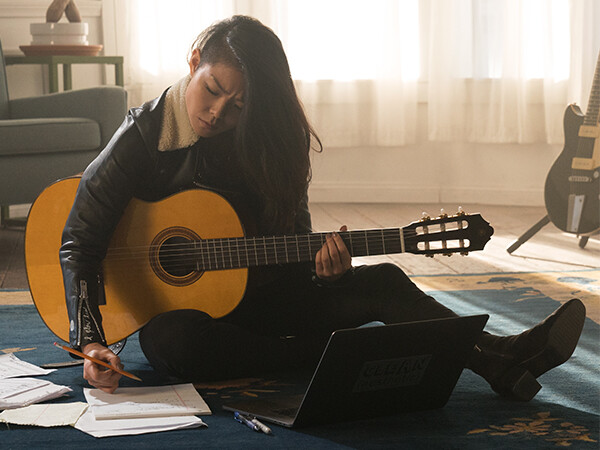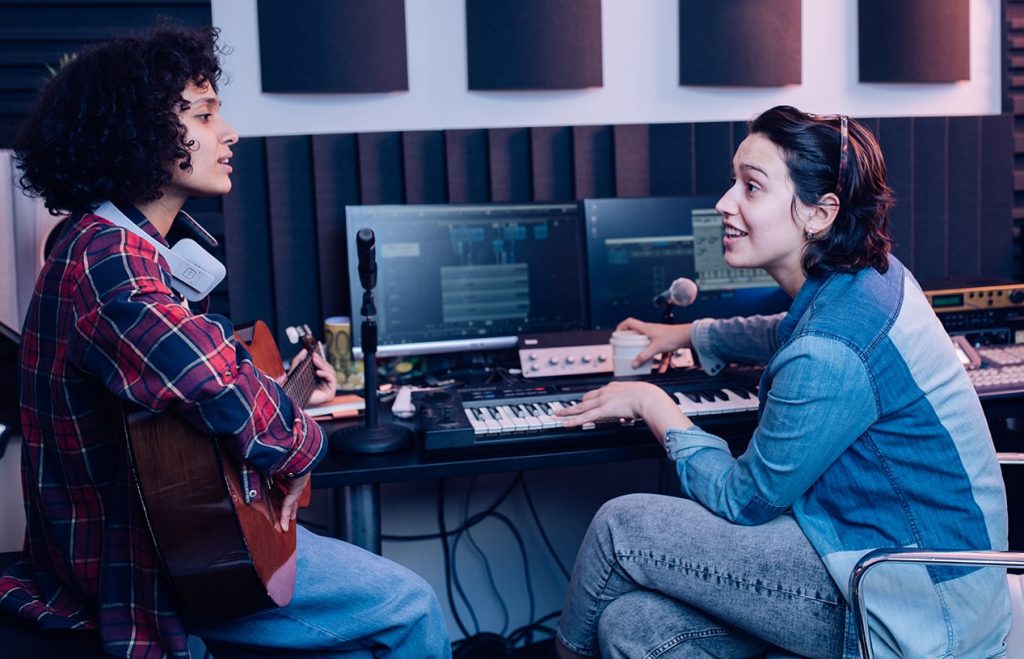Wearing Many Hats
Embracing your inner techie.
If you’ve been in the music business for awhile, I’m sure you’ve noticed a trend: The songwriter is no longer just a songwriter. (By “just,” I don’t mean to diminish the pure breed variety. Anyone who can just write a great song is a role model in my book.)
There was a time when a songwriter’s job was to imagine a concept, express it in words, marry the words to music and then hire someone to demo their creation. If a record label thought it was a good fit for one of their artists, they would enlist the services of an impartial third-party producer to bring it to fruition.
But today, labels are looking for the one-stop-shop — a person who wears many hats. They’re looking for someone who can program, produce and engineer in addition to writing a hit song … plus be a fun hang. Fedora, Baseball, Cowboy. They expect a fully realized demo that, with a stellar mix, can serve as the final record.
So, what’s a technically challenged traditional songwriter (i.e., someone like me) supposed to do?
Well, I’ve thought a lot about that.
You see, even though it was often a thrill to have my song in the hands of a world-renowned producer, I have to admit that the final result was sometimes disappointing. On the other hand, if I’m in the driver’s seat — in other words, if I produce my own record —then I have control of my artistic vision and determine (to a large degree, anyway) how my song will ultimately be presented. That’s a lot of incentive right there.
I’ll be honest: I’ve resisted going down that road because it seems so overwhelming. But recently I decided to do some online delving — dip my toe in and see how the water felt. Guess what? It wasn’t as deep and dark as I thought. For example, just a few months ago the words “audio interface” had no meaning to me — it might just as well have been an expression from a foreign language. But then I learned from articles like What Is An Audio Interface? and Essential Gear for Your Home Studio (both posted right here on the Yamaha blog) that it’s simply the box that lets you connect mics and instruments to your computer. Why was I afraid of that?

Then I began checking out the options that were available and found that some companies, like Steinberg, even have all-in-one packages (for example, the UR22C Recording Pack) that include a mic and headphones in addition to a bunch of software for recording and manipulating sound so I wouldn’t have to mix and match gear. Yeah, there’d be a learning curve and I’ve always been the kind of person who gets flustered by instructions and manuals. But I’ve learned a lot from getting acquainted with my smart phone — mainly, that sometimes it’s best to just jump in and poke around a bit to get the lay of the land before reading the fine print. When I work from intuition instead of written materials, I tend to get the hang of things (even techie things) a lot faster than I give myself credit for.
The bottom line is that, with so many recording products designed for all levels, even someone as technically challenged as me can get started experimenting with creating beats, engineering tracks and producing my own demos right here at home. Before long, I’ll be able to demonstrate how a piece of music might sound in 6/8 rather that 4/4, or in a different key, or with strings. And what I’ve discovered is that expanding one’s palette and hat rack gives us creative freedom, as well as choice and power!
When I wrote my first song, I never expected to hear it on the radio. But then one day I did. Soon we’ll all be out there again, singing, performing, co-writing, clapping. Until then, I’ll be broadening my musical horizons one hat at a time.















